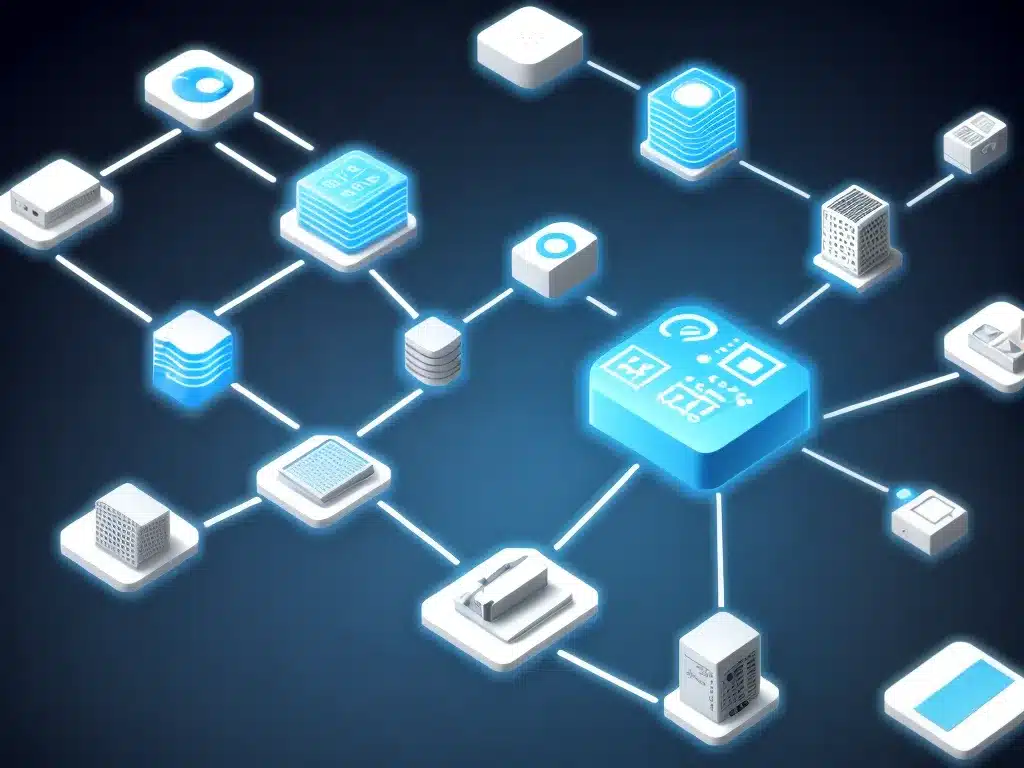
Low-Power IoT Networks Make Gains in 2024
Introduction
The Internet of Things (IoT) has seen tremendous growth over the past decade, with billions of connected devices now deployed around the world. However, many of these devices are battery-powered and have significant limitations on their energy consumption. This has led to strong interest in low-power wide area networks (LPWANs) that can enable long-range connectivity for IoT devices using very little power.
In 2024, I expect that low-power IoT networks will continue to gain traction and see expanded adoption. There are several key factors driving this trend.
Lower Power Requirements
One of the main appeals of LPWAN technologies like LoRa and NB-IoT is their ability to operate at very low power levels. For example, LoRa devices can often last for years on just a coin cell battery. This enables use cases that previously may not have been feasible due to power limitations, like sensors in remote locations.
The low power requirements of these networks will lead to expanded use cases and adoption in 2024. Devices that previously required frequent battery changes can now be deployed in the field and left for years without intervention. This reduces maintenance costs and enables new applications.
Greater Coverage
LPWANs provide greater range than technologies like WiFi or Bluetooth. For example, a single LoRa gateway can cover entire cities or hundreds of square kilometers. This long range connectivity on a single gateway enables very broad coverage.
The expansive coverage of LPWANs will drive adoption in 2024, particularly for rural or industrial use cases. As network buildouts continue, millions of square kilometers will likely come online globally. This will make LPWAN connectivity available nearly everywhere there is cellular coverage.
Development of Standards
Early proprietary LPWANs have given way to standardized technologies like LoRaWAN and NB-IoT. This facilitates ecosystem growth, as devices and networks from different vendors can now interoperate. Standards ensure customers avoid vendor lock-in.
Standardized LPWANs will see accelerating adoption curves and broader deployment in 2024. With standards in place, organizations can deploy these networks at scale, driving down costs across the entire value chain. Commoditization also fosters innovation in new devices and applications.
Cost Effectiveness
LPWANs provide connectivity at very low incremental costs, both for end devices and network buildouts. Modules and sensors can be produced for just a few dollars, while network coverage can be enabled via software upgrades to existing cellular infrastructure.
The cost dynamics of LPWAN technologies will make solutions highly scalable in 2024. Even at very high volumes, solutions can be delivered for pennies per device. This enables mass deployments across entire industries, cities, countries, and even globally.
New Use Cases
The unique capabilities of LPWANs will enable new use cases not previously possible. A few examples include global asset tracking, infrastructure monitoring, precision agriculture, and city-scale IoT deployments. These new applications will drive significant adoption.
In 2024, I expect LPWAN connectivity to expand into many new use cases across industries. The combination of low power, long range, low cost, and standards-based interoperability unlocks solutions not previously feasible. This will greatly expand the market size.
Challenges Remain
While promising, LPWANs do face challenges around security, scalability, and management as deployments grow. Issues like congestion and interference will need to be managed carefully, especially in dense urban areas.
However, I expect the LPWAN industry to innovate and develop solutions to these challenges over the next few years. The progress in just the past 3-5 years has been tremendous. With proper spectrum management and continued innovation, LPWANs have the potential to connect billions of devices.
Conclusion
In summary, I forecast significant gains for low-power IoT networks in 2024 driven by several key factors. The ultra low power connectivity enables long-lived battery-powered devices, while the long range provides broad coverage at low cost. Development of standards will accelerate adoption, while new use cases will expand the market significantly. While challenges remain around scalability and congestion, the industry is rapidly innovating to address these. By 2024, LPWANs will likely connect billions of devices and usher in new eras of connectivity across many industries globally. The future is bright for low power IoT.












